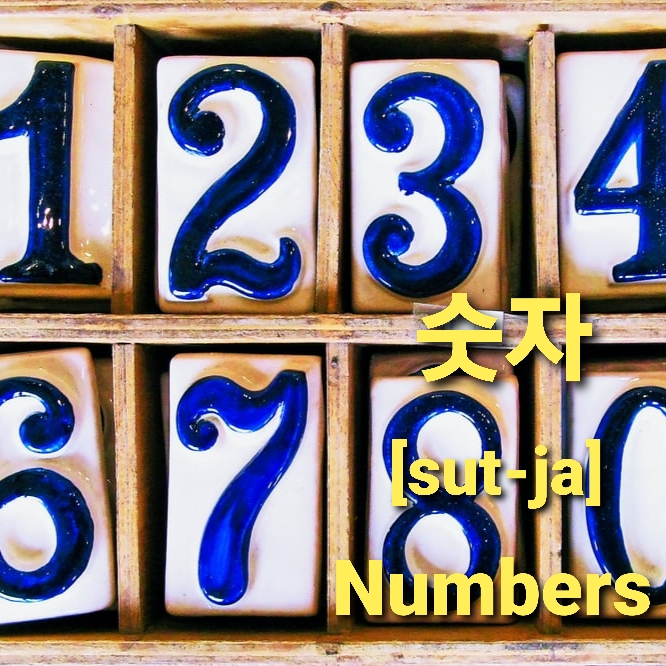Knowing how to count is one of the most important aspects of learning a new language. Counting is very hard in Korean as there are many variations depending on what the person is counting. Today we are going to learn numbers in Korean and also how to count in Korean.
Numbers in Korean
First of all, there are 2 variations of numbers in Korean.
Up to 10, first variation or second variation:
- 하나[ha-na] or 일[ill]
- 둘[dul] or 이[e]
- 셋[set] or 삼[sam]
- 넷[net] or 사[sa]
- 다섯[da-sut] or 오[o]
- 여섯[yuh-sut] or 육[yuk]
- 일곱 [ill-gob] or 칠[chill]
- 여덟[yuh-dulp] or 팔[pal]
- 아홉[ah-hope] or 구[gu]
- 열[yuel] or 십[ship]
Various Ways to Count Numbers in Korean
Learning how to count can be very difficult for people who are starting to learn Korean. When counting, you need to add a variation of number + distinct word for counting. This is different from how we count in English.
Examples of using the first variation:
The first variation is more commonly used than the second variation when counting. The most common word for counting overall is 개, which uses the first variation and is used to count various objects. Other words for counting that uses the first variation are listed below.
- Cup/Glass – 잔[jan]
- 한 잔, 두 잔
- Book – 권[gwon]
- 한 권, 두 권
- Person – 명[mung]
- 한 명, 두 명
- Animal – 마리[mal-yi]
- 한 마리, 두 마리
- Age – 살[sal]
- 한 살, 두 살
Examples of using the second variation:
- Day – 일[ill]
- 일일, 이일
- Month – 월[wall]
- 일월, 이월
- Year – 년[nuun]
- 일 년, 이 년
- Money – 원[won]
- 백원, 천원
Now that you know how to count, you can count in different ways in Korean on different occasions. This will be helpful for you when buying something at a store or when letting someone know how much of anything you want!
Happy Studying!




